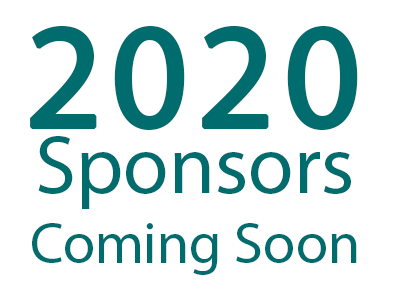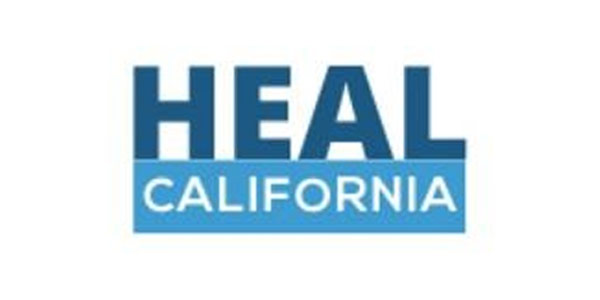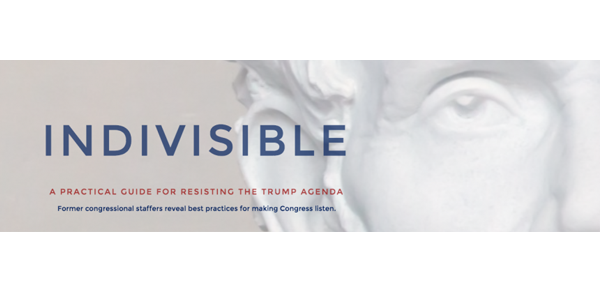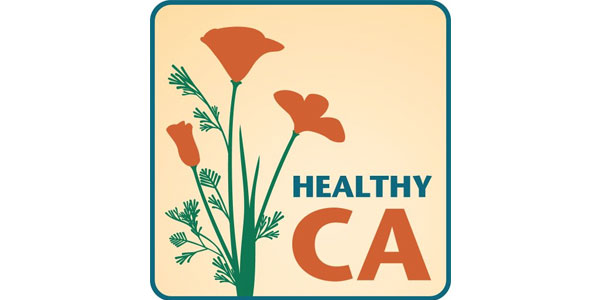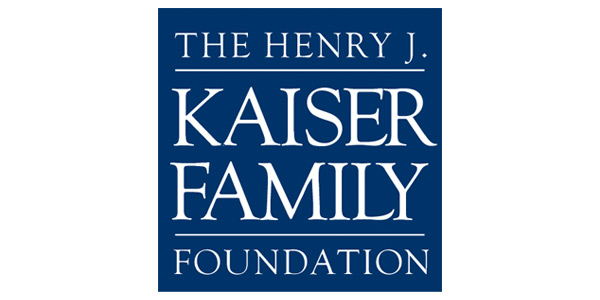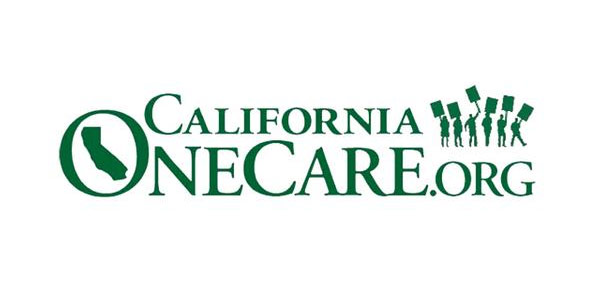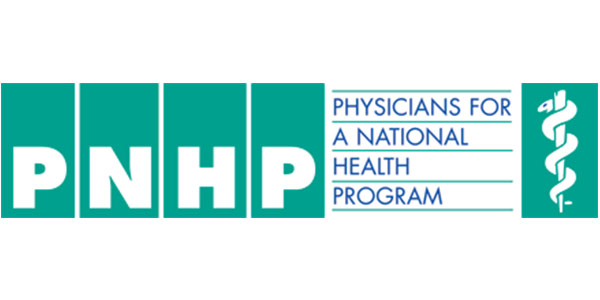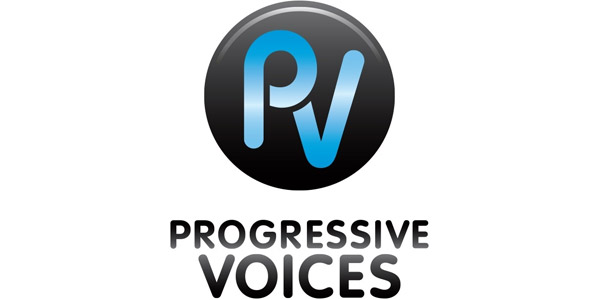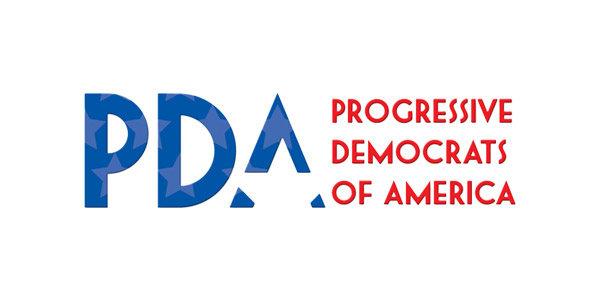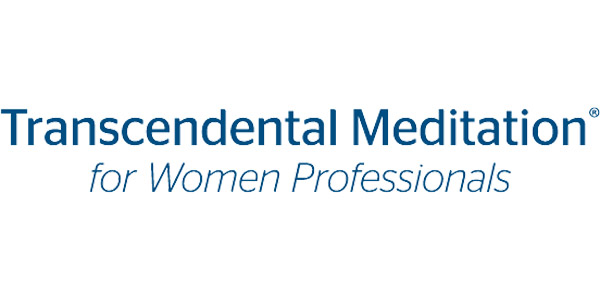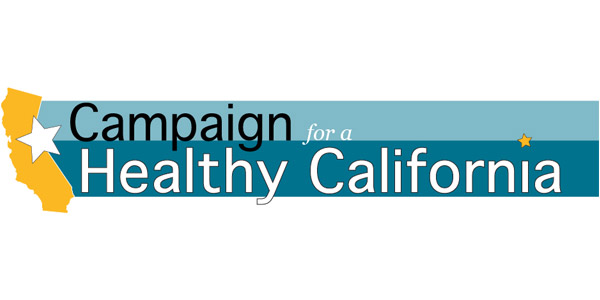The Curious Case Of Amanda Trujillo And How Its Outcome Will Affect The Quality Of Healthcare We All Receive
[You can watch a video by Carol Gino about the Amanda Trujillo case to get up to speed.]
A long time ago when I was in nursing school and then when I taught nursing, I remember making care plans. A large portion of the work our student nurses did was to make care plans for their patients. This was an integral part of their clinical experience.
During post clinical conference, which was at the end of each clinical day we went over what happened that day. We also discussed how well the students were able to follow the care plan. How we could improve our care and make patients feel better?
The main focus of our discussion were the patients, their symptoms and how to help them feel better. Each one of our care plan goals started with, “Patients will…..”. We emphasized patient education and their well being.
That was a long time ago. I’d think that nursing would have come a long way by this time. I’d think by now nurses would be celebrated as patient advocates and liaison between all the different groups that come in contact with the patients, including the physicians. Unfortunately, this is far from the truth.
Unfortunately, the clock has turned backward on nursing in a lot of ways. Yes, we have more nurses with advanced degrees. We have nurses in very influential positions in healthcare with a lot of clout. However, it is the clinical bedside nurse who has lost out during this “advancement.”
The patients in hospitals are much sicker than they used to be a few decades ago. As a result, their needs are more emergent, more intense and more difficult to take care of. No wonder nurses hop from room to room, patient to patient trying to meet all those needs.
Typically, if a nurse has five patient for an eight hour shift, she has less than an hour and a half per patient to address all their needs, pass out meds, take calls from their family, communicate with the doctor, help the CNA as needed, finish their documentation and oh yes, attend any mandatory inservices their company requires them to take and still be done without any overtime.
Sorry… what??? You think I left something out? Oh yeah… the pee break, right? Well they are few and far between for a typical nurse. Does anybody see anything wrong with this picture?
Despite all the chaos and running around, most nurses can’t stand to see their patients suffer. So we make sure that we advocate for them. We try our best to educate them on their treatment plan, because its ingrained in us.
We have been taught over and over again that our patients are our primary responsibility and their well being and education is our primary job.
This is what Amanda Trujillo of Arizona did not too long ago. A patient requested information and she provided hospital approved material along with a request for more information from hospice as per patient’s request.
This is not unusual for a nurse. In a typical day we do a lot of teaching to our clients, their families, CNAs and anyone else who needs information. The only difference this time perhaps was that the doctor’s idea of what the patient needed to know and what the patient actually wanted were different.
This is not an unusual scenario. Communication gaps happen often. The only way to prevent a communication gap from becoming a disaster, especially in a healthcare setting where life and death decisions are made every minute, is to have checkpoints.
Yes, someone has to go after a doctor to ensure that patient and the family actually did understand what they had been presented with but to also provide more information and listen to their concerns.
At one of the hospitals I worked for, our case managers, who were also nurses, routinely spoke to patients undergoing surgeries and treatment to make sure there was no communication gap. In addition, these case managers communicated with the staff regularly to alert them of issues and help them continue the conversation as needed. This way we all were on the same page and our patients made informed decisions.
In case of Amanda Trujillo and her patient, the patient obviously had concerns. Any nurse, anyone who considers themselves a patient advocate, would have provided more information.
It is heartbreaking to see that instead of being praised for her concern for the patient, she was fired from her job and may even lose her license. It is also sad to note that the outburst by the physician at the nursing station was not addressed as unprofessional.
Currently Amanda Trujillo awaits the Arizona board of nursing decision on whether she should be able to keep her license. Her act of advocating for her patients could result in her inability to work as a nurse and earn a livelihood.
This is an outrage! An atrocity that will put nursing in dark ages. This one decision, to take away Amanda Trujillo’s license would make the nurses nationwide fear for their license. They would fear that their license could be snatched from them for doing the right thing for the patients if it does not sit right with those in power.
The nursing profession will definitely lose if this were to happen, but the biggest loser will be patients. There might be people who would set their conscience aside to be able to feed their family. But there will be no patient advocates!
Everyone, nurses and non nurses, patients and future patients, doctors, NPs, PAs etc, are going to be on the receiving side of healthcare. Therefore, we all have a great deal to lose from such an action.
I urge each one of us to stand up for our rights to receive compassionate and competent healthcare. I urge everyone reading this to contact Arizona Board of Nurses and ask them to clear Amanda Trujillo’s license and compensate her for all the pain she has been put through.

